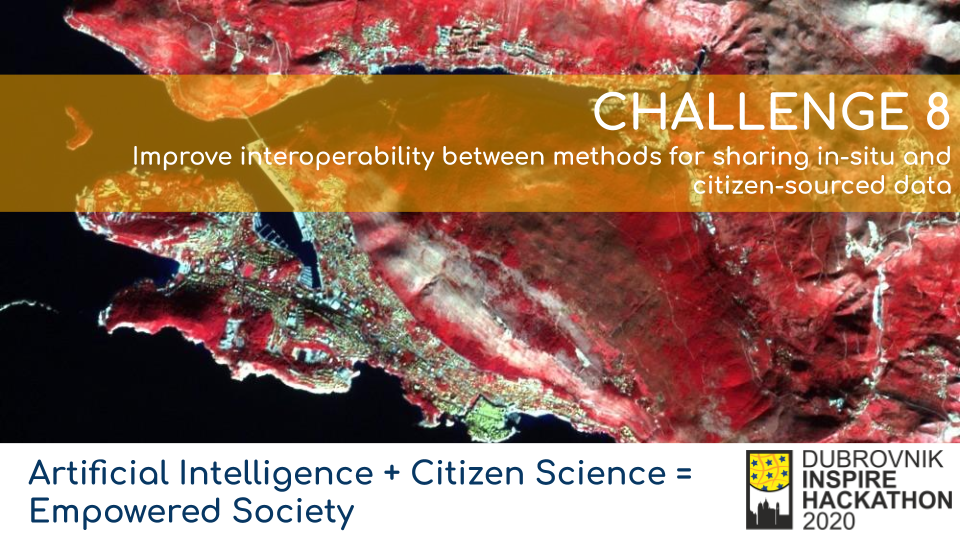The goal of the challenge is to make available datasets provided by H2020 Citizen Observatories as well as other citizen-science projects and initiatives, through the use of SensorThings API standard and develop and test tools to provide combined visualization of data coming from different sources. This involves also sharing of environmental measurements coming from different IoT devices and in-situ monitoring sensor networks, aiming to establish combined use of data and services among different platforms towards improved environmental monitoring.
More specifically, most of the latest projects and initiatives rely their implementation on the use of different standards like OGC Sensor Observation Service (SOS), that defines a web service interface which allows querying observations, sensor metadata, as well as representations of observed features, or more frequently used standards such as the OGC Web Feature Service. On the other options, a lot of initiatives is defining own specifications respecting needs of current projects. Integration of such data is connected with additional effort spent on development of specific translators.
Such standards (i.e. OGC SOS) are more applicable to in-situ sensors that have a fixed location, and thus not fitting the citizen science paradigm that involves monitoring of an environmental phenomenon with different portable sensors at different locations (lack of flexibility between the location and the sensor as well as between the user and the sensor). Moreover, the implementation of requests such as the extraction of latest observations from sensors cannot be executed in an efficient or scalable way.
Thus, the key use cases under this challenge are described as follows:
- Implementation of “data translators” that will facilitate the conversion of resources exposed from OGC SOS and WFS to SensorThings API compatible schemas. In particular, the SensorThings API implementation provided by the SCENT Citizen Observatory shall be used as a reference application where the resources from other projects will be ingested.
- Visualisation of resources exposed by SensorThings API through dedicated interfaces
- Integration of different datasets of environmental monitoring by utilization of special “data translators”.

